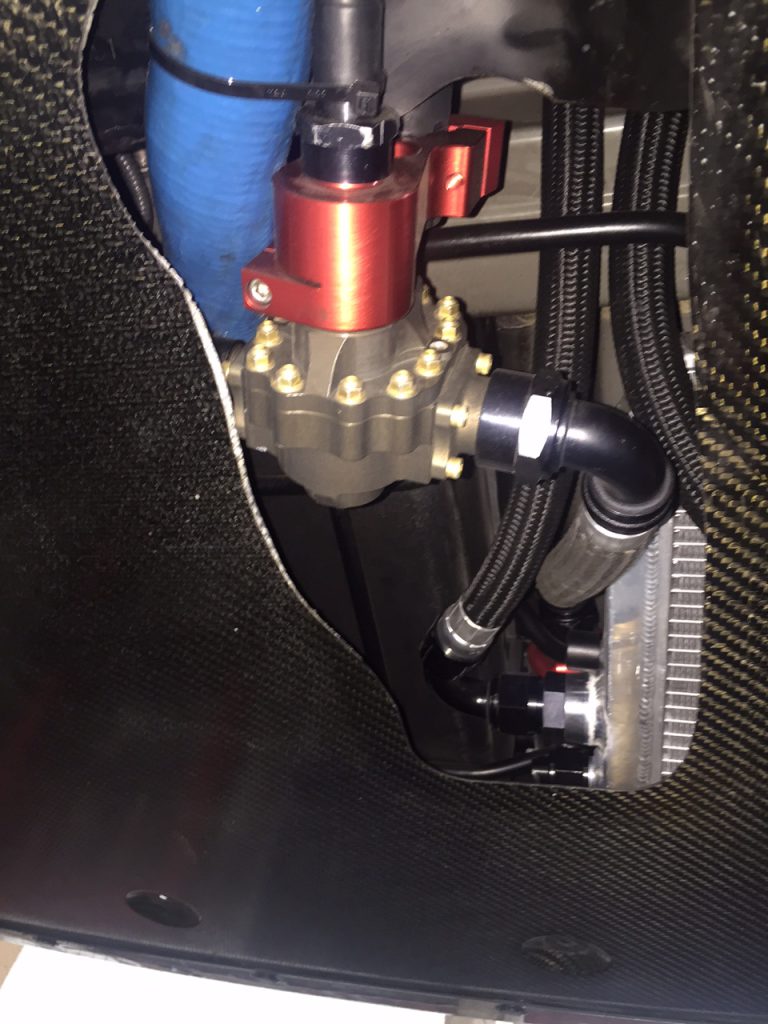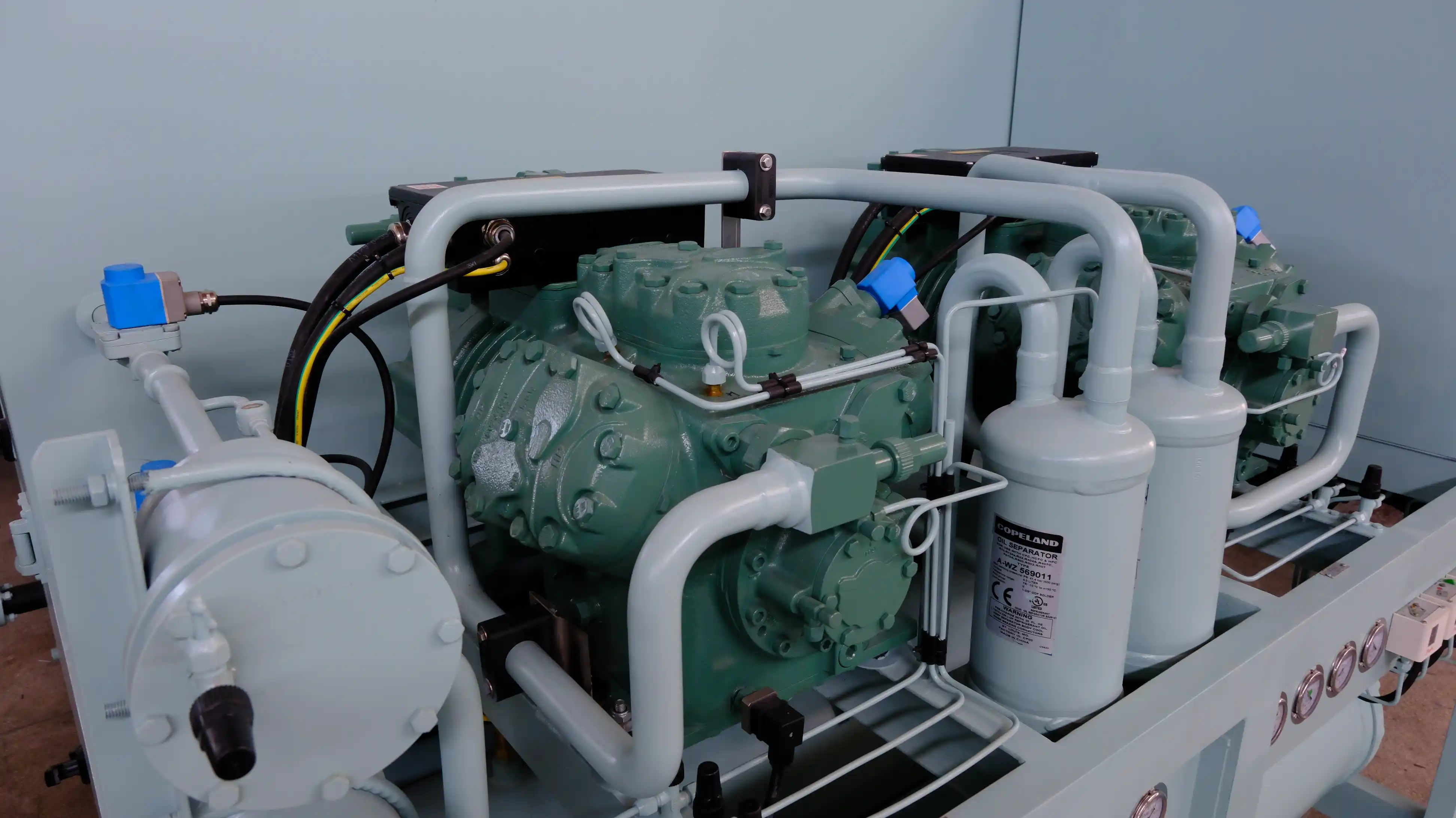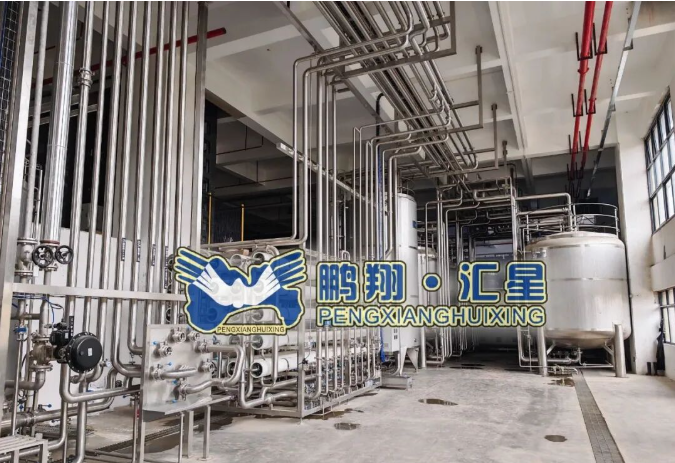Unveiling the Optimal Pressure Threshold for Fuel Pumps: A Comprehensive Analysis

In the realm of automotive engineering, fuel pumps play a pivotal role in ensuring the efficient delivery of fuel to the engine. One critical aspect that engineers and enthusiasts often ponder is the minimum pressure required for a fuel pump to operate optimally. In this blog post, we will delve into the intricacies of fuel pump pressure, exploring its significance, determining the ideal threshold, and shedding light on the factors that influence this crucial parameter.
Understanding Fuel Pump Pressure:
Fuel pump pressure refers to the force exerted by the pump to push fuel from the tank to the engine. It directly affects the fuel flow rate, combustion efficiency, and overall performance of the vehicle. While a fuel pump must provide sufficient pressure to meet the engine's demands, exceeding the optimal threshold can lead to various issues, including increased wear and tear, decreased fuel economy, and potential damage to the fuel system.
Determining the Minimum Pressure:
The minimum pressure required for a fuel pump depends on several factors, such as the engine's design, fuel system configuration, and intended usage. However, extensive research and industry standards have established a general guideline for determining the optimal threshold. According to these findings, the minimum pressure for a fuel pump typically ranges between 30 to 45 pounds per square inch (psi). This range ensures adequate fuel atomization, efficient combustion, and optimal engine performance across a wide range of operating conditions.
Factors Influencing Fuel Pump Pressure:
- Engine Type and Size: Different engines have varying fuel requirements, and their design characteristics influence the minimum pressure needed. High-performance engines often demand higher fuel pressures to meet their increased power output.
- Fuel System Design: The fuel system layout, including the presence of fuel injectors, carburetors, or direct injection systems, affects the pressure requirements. Each system has specific pressure thresholds for optimal fuel delivery.
- Fuel Type and Quality: Different fuels possess varying energy densities and combustion characteristics. Consequently, the minimum pressure needed to achieve proper atomization and combustion may differ depending on the fuel being used.
- Operating Conditions: Factors like altitude, temperature, and load conditions impact the engine's fuel demands. Extreme conditions may necessitate higher fuel pressures to ensure consistent performance and prevent fuel starvation.
Conclusion:
Determining the minimum pressure for a fuel pump is a complex task that requires considering various factors. While a general guideline of 30 to 45 psi exists, it is crucial to consult the vehicle's specifications and industry standards for precise recommendations. By understanding the significance of fuel pump pressure and its influencing factors, automotive enthusiasts and engineers can optimize engine performance, fuel efficiency, and overall driving experience.



